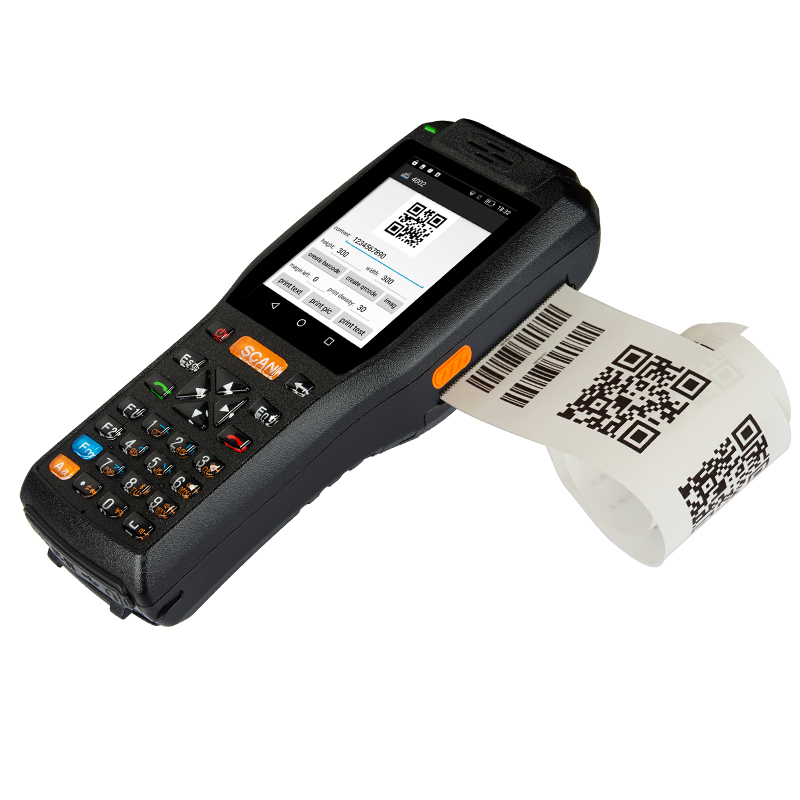 In 2012, it was destined for telecommunications operators to make a tortuous progress. The uncertainties brought about by the impact of the Internet, the questioning of tariffs and broadband by various parties, and the uncertainties of new competitors such as broadcast and television have made the external development environment more complex. changeable. SMS, MMS, and voice calls These carrier's traditional advantages are no longer advantageous under the impact of new network communication tools. China Mobile's SMS service revenue has experienced the first decline in history, and revenue and user size have declined. The imminent crisis.
In 2012, it was destined for telecommunications operators to make a tortuous progress. The uncertainties brought about by the impact of the Internet, the questioning of tariffs and broadband by various parties, and the uncertainties of new competitors such as broadcast and television have made the external development environment more complex. changeable. SMS, MMS, and voice calls These carrier's traditional advantages are no longer advantageous under the impact of new network communication tools. China Mobile's SMS service revenue has experienced the first decline in history, and revenue and user size have declined. The imminent crisis. Inside the industry, the pressure of grassroots warfare and bloodshed under the pressure of KPI has still occurred from time to time, and the pains brought about by the transformation and reorganization of enterprises under the call for telecommunications have brought uncertainty to employees' expectations.
In the face of internal and external problems, the telecommunications industry has to carry forward its weight. In addition to playing the role of a large-scale state-owned enterprise, the pace of exploring changes has accelerated and it has begun to show results. Operators have launched arbitrarily to realize the actual changes in the charging of voice services; the three major operators have explored professional operations one after another, and have taken away from the “old state-owned enterprise†system to take concrete steps. Campus marketing has moved from price-cost wars to traffic promotion. Achieve the transition from cost to value, the three major telecom operators open platform all on the line: mobile Internet wrestling is officially staged.
Pattern tends to balance
In 2012, the competition among the three major telecom operators has become more balanced. Although there are still more users and higher operating revenues, the gap between China Mobile and the other two operators is narrowing. China Mobile’s market share is generally reduced from 70%-80% to 50% in 31 provinces across the country. %, even lower. While China Telecom and China Unicom rely on the advantages of network, terminal and business, they have made great strides in user development. It can be said that in 2012, it was the first time that the three major telecom operators had been stabilizing.
In each local market, there have been successful cases of local disadvantaged operators being "small and broad." Zhejiang Unicom launched a free-to-play, low-price strategy to impact the 2G market dominated by local operators; Shandong Telecom took advantage of the network to develop markets with information applications and rural channels as a breakthrough; Guangdong Unicom’s “red collar†and other products opened the mobile Internet Application of the door. The counterattacks of these operators lacking the advantages of scale have also become, to a certain extent, an agitated market.
Traffic management is on the right track
After continuous exploration of traffic management, the telecom operators' traffic operations were on track in 2012. From the analysis of half-year financial report data, China Telecom’s mobile data service accounted for 45.3% of the revenue, and 3G users’ average traffic volume reached 111M. China Mobile’s data business accounted for 28.5% of its operating revenue. China Unicom's mobile non-voice service revenue contribution to mobile service revenue reached 52.3%. In the key developed provinces in the south, China Unicom's traffic revenue accounted for 30%.
On the whole, telecom and Unicom’s mobile non-voice revenue has exceeded or approached half of the total revenue. Although China Mobile has a large base of voice revenue, its non-voice revenue share is also close to 30%. Judging from the indicators of the transition of the global mainstream operators, this figure is already close to success.
Behind the numbers, operators around the world have an in-depth understanding of traffic management and local strategies. During the 517, Double 11 and other major festivals, the three major operators have launched traffic promotion activities. Multi-site telecommunications provide 50M traffic to all users of the entire network, and multi-site Unicom offers a variety of "3G traffic packages" for 2G and 3G users. Mobile will develop new data services for 4G and WLAN in the case of less advanced 3G development. In campus marketing, operators have also shifted from the past to the introduction of a variety of Internet monthly subscription products. Such as these all reflect the 3G in-depth development stage, operators are more concerned about traffic management and the promotion of 3G.
In the local market structure, relying on the advantages of local economic development, the eastern operators represented by Shanghai and Guangdong have more outstanding traffic operations.
Rooted in internet thinking
After opening the door of traffic management, the operator's system was regarded as the biggest constraint. Under the original system, business innovation and market promotion, including employee enthusiasm were constrained. In order to root in Internet thinking, the three major operators competed to operate in a corporatized manner, and China Mobile’s Strategic Investment Science and Technology Division Telecommunications was established. China Unicom established an Internet company and payment company, and China Telecom Tianyi Video was founded with equity for capital and Tianyi Technology Venture Capital Co., Ltd. With the exploration of the corporateization of China Telecom's operator bases, it becomes clear. Base companyization is the consensus of future operators. If the company’s corporate base is successful, operators can explore new business models in business operations and development.
Our PDA supporting Barcode Scanner, UHF reader, fingerprint scanner, NFC reader, RFID reader and etc. Our PDA are more durable, due to it is PDA With Thermal Printer, support it using in many industries, such as express, logistics, warehouse and so on. Every of our PDAs are highly qualified, passing CE ROHS IP65 standard. Our mission is providing the best PDA to our customers. Welcome to contact us for more details.

PDA With Thermal Printer
Pos With Pda,Pda With Built In Thermal Printer,Pda With Printer,Handheld Android Pda
Shenzhen Qunsuo Technology Co., Ltd , https://www.qsprinter.com